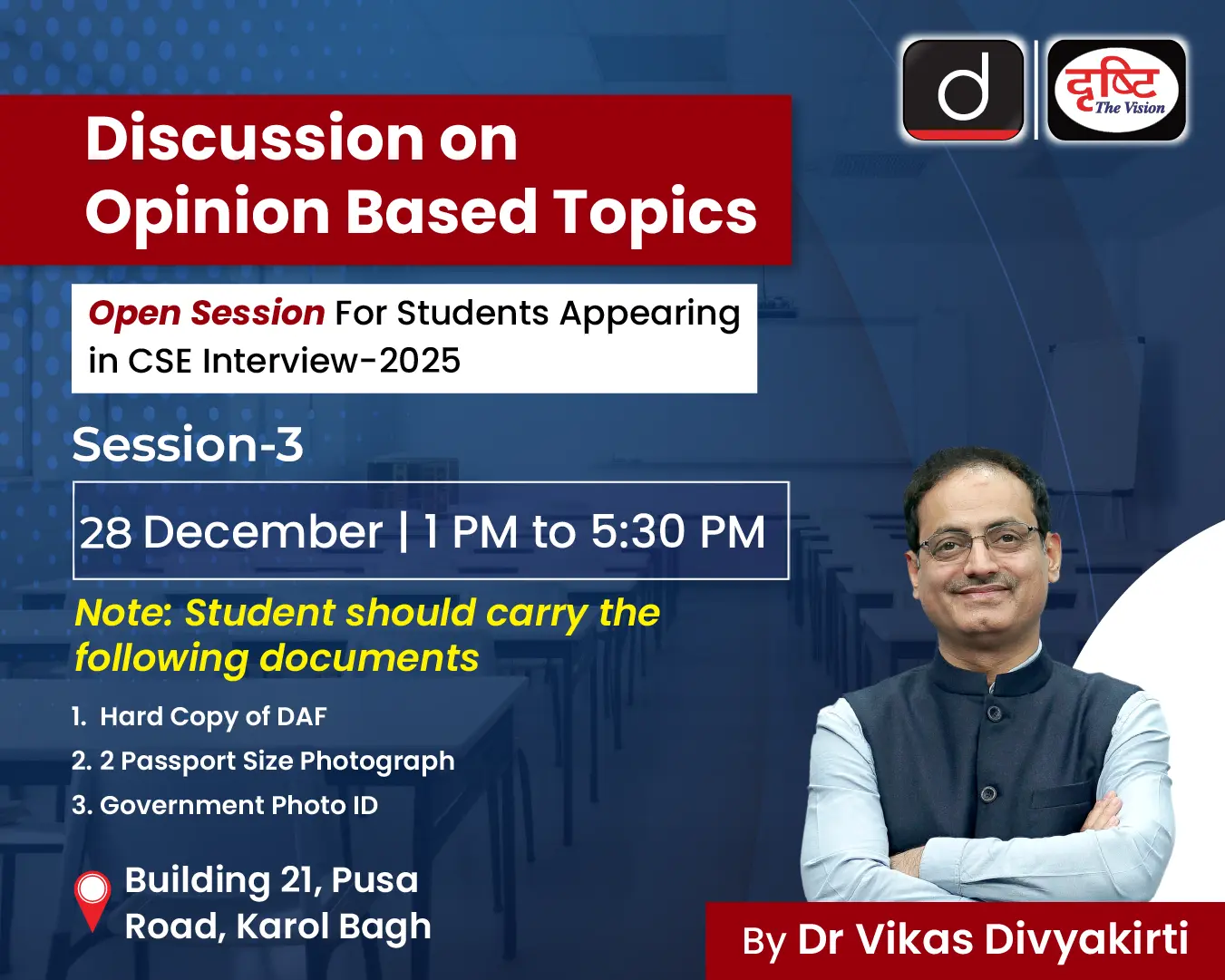- Filter By :
- Polity & Governance
- International Relations
- Social Justice
-
Q. Unequal access to the Internet creates and reproduces socio-economic exclusions. Discuss. (250 words)
01 Oct, 2019 GS Paper 2 Social JusticeApproach
- Mention the recent development on the issue of right to internet access.
- Explain importance of internet access and challenges in promoting equitable access to the internet.
- Mention steps to be taken to promote internet access.
Introduction
- The Kerala High Court, in Faheema Shirin v. the State of Kerala 2019 case, declared the right to Internet access as a fundamental right forming a part of the right to privacy and the right to education under Article 21 of the Constitution. The court held that, in an information society, unequal access to the internet creates and reproduces socio-economic exclusions.
Body
Importance of internet access on socio-economic development:
- Implementing government policies: In the government’s bid to promote e-governance to increase transparency and accountability in the system, internet access has become a necessity. Government schemes like Direct Benefit Transfer (DBT) for disbursing funds to beneficiaries, wages to MGNREGA workers, etc requires internet connectivity.
- Promoting education and knowledge creation: the Internet has become a primary source for gathering information and promoting scientific temper among the children and the youth. Any hindrance to internet access is deprivation of an essential right to know and understand things.
- Health and Wellness: Internet is an essential necessity to reach out to remote areas where physical presence is difficult. For eg, AIIMS Delhi Telemedicine programme supports the provision of Health care services at a distance.
Challenges to Internet Accessibility:
- Digital illiteracy: According to the Deloitte report, ‘Digital India: Unlocking the Trillion Dollar Opportunity’ in mid-2016, digital literacy in India was less than 10%.
- Digital divide: It can be seen throughout the socio-economic spectrum of India i.e. between rural and urban India, rich and poor, India’s demographic profile (old and young, male and female) creating a new form of inequality.
- Lack of adequate infrastructure: India’s vast geographic expanse creates challenges in establishing communication links to hilly terrains and remote places.
- Conflict with internal security: Government is forced to deliberately create communications lockout to stop misuse of internet services by terrorist organizations and in chaotic situations like riots and communal conflicts to stop the spread of fake news.
Way Forward
- The government is making efforts through programmes like Digital India Mission, National Digital Literacy Mission, the BharatNet programme, to increase internet penetration and digital literacy across India. Still, a lot needs to be done to create a large digital infrastructure in the country.
- Apart from digital literacy, there is a need for awareness generation programmes in preventing misuse of internet like frauds, cyber crimes, etc.
- There is a need to strengthen telecom regulations, so as to ensure market competition and make the internet affordable to all.
- In a broader context, right to internet access can help achieve Sustainable Development Goals 1(No poverty), 2(Zero Hunger), 4(Quality education), and even Goal 10(reduced inequalities).
To get PDF version, Please click on "Print PDF" button.
Print PDF





